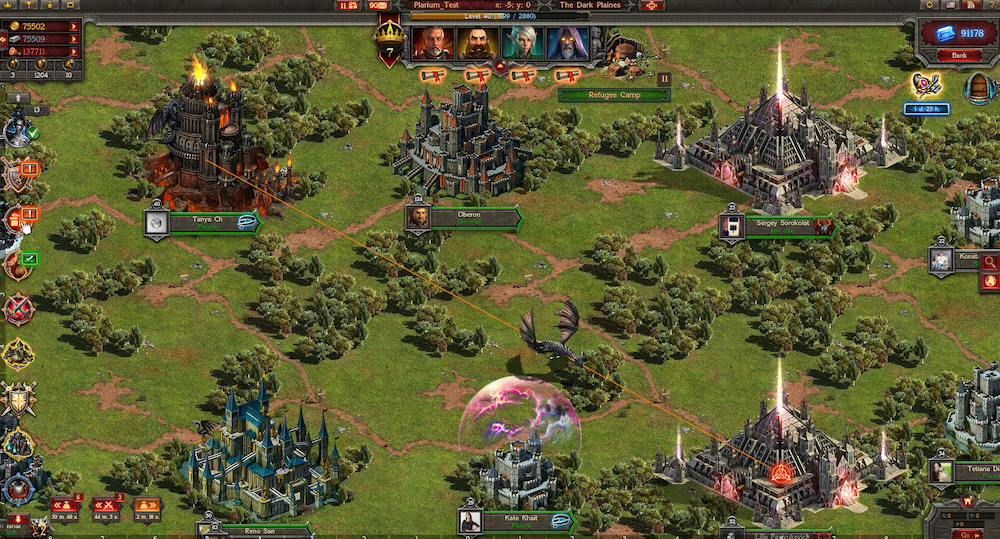Want to know how to keep players entertained, even as the marketplace fills with competitors? Or how to create an exciting experience that will make them play longer and spend more money in your game?
The general population has developed what seems to be a mobile gamer ADHD. People have so many options to choose from that they will often toss aside a game at the first sign of boredom to move on to the next one. It’s a little like high school dating … if your high school had half a million students looking to go out with you.

Unlock premium content and VIP community perks with GB M A X!
Join now to enjoy our free and premium membership perks.
![]()

![]()